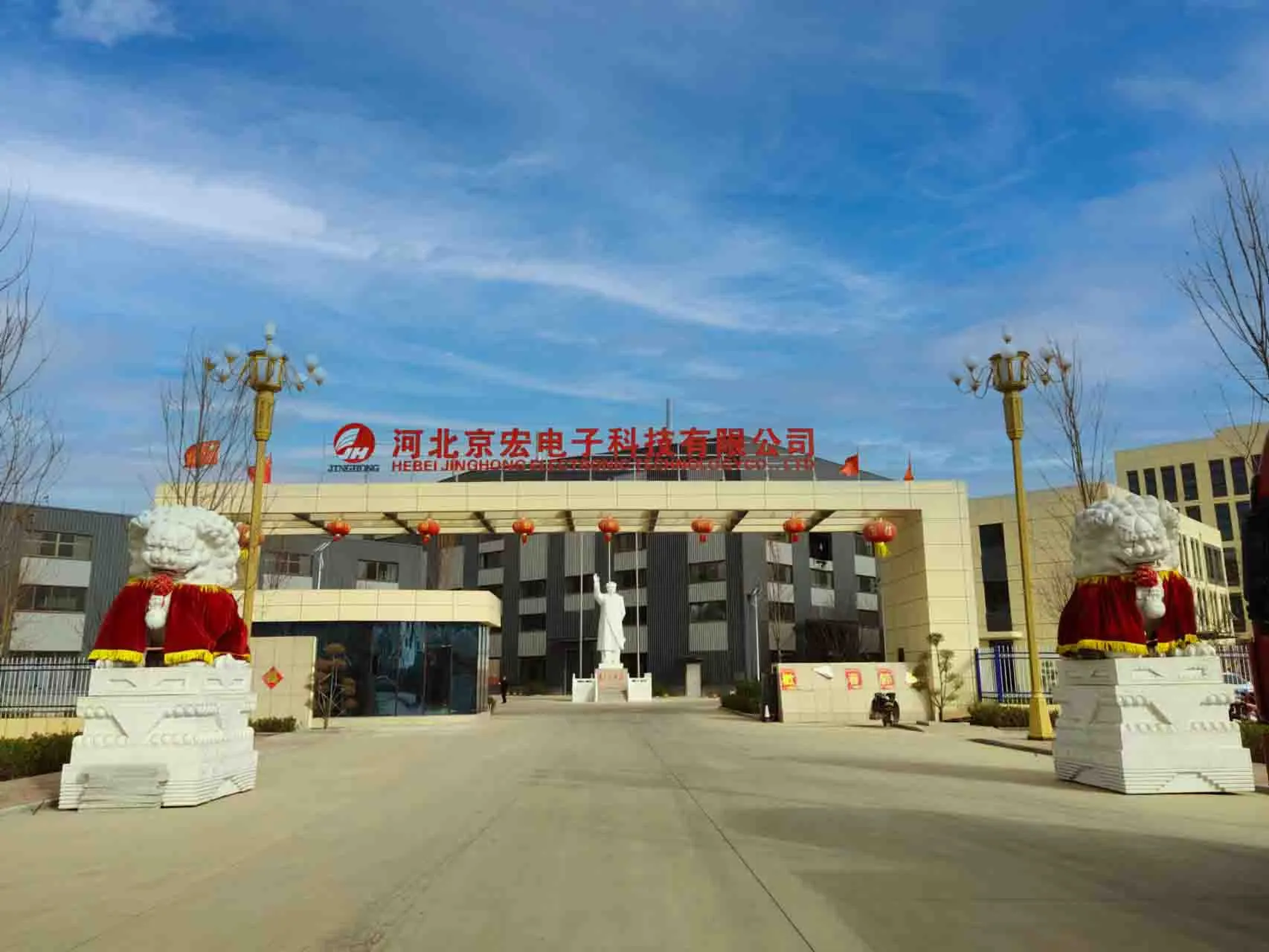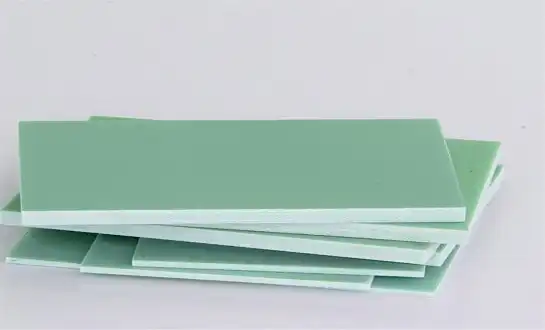How G10 Epoxy Fiberglass Sheet Supports Green Manufacturing Standards?
Reduced Environmental Impact in Production
G10 epoxy fiberglass sheets are designed with sustainability in mind, offering a cleaner and more efficient production process than many conventional insulation materials. Their manufacturing involves optimized resin infusion and controlled curing methods that minimize energy usage and emissions. Additionally, the exceptional durability and extended service life of G10 reduce the frequency of replacements, lowering the total environmental burden from production to disposal. These characteristics make G10 a responsible material choice for industries seeking to meet modern green manufacturing and sustainability standards.
Recyclability and Waste Reduction
The potential recyclability of G10 epoxy fiberglass sheets plays a vital role in advancing eco-friendly manufacturing practices. Although complete recycling of composite materials remains challenging, ongoing innovations in mechanical recovery and chemical separation are improving their reusability. Production processes are also engineered to minimize scrap generation, with many offcuts being repurposed for secondary applications. This commitment to material efficiency supports circular economy principles by reducing landfill waste, conserving raw resources, and extending the usable life of composite-based industrial materials.
Energy Efficiency in Application
With their excellent thermal insulation capabilities, G10 epoxy fiberglass sheets contribute directly to energy-efficient design across multiple industries. Their low thermal conductivity reduces unwanted heat transfer in both industrial and architectural environments, resulting in lower energy demands for climate control. This energy conservation translates into reduced operational costs and a smaller carbon footprint. By enhancing system efficiency while maintaining durability and safety, G10 sheets actively support global sustainability initiatives aimed at cutting energy consumption and mitigating the environmental effects of industrial operations.
Flame-Resistance and Environmental Safety Features of G10 Epoxy Fiberglass Sheet
Advanced Flame-Retardant Properties
G10 epoxy fiberglass sheets feature inherent flame-retardant characteristics that make them highly suitable for safety-critical environments. The combination of glass fibers and heat-resistant epoxy resin allows the material to endure extreme temperatures without melting or sustaining combustion. This built-in resistance prevents flame propagation and minimizes damage during fire incidents. Unlike other materials requiring chemical flame retardants, G10 achieves this performance naturally through its composition, offering a safer, more environmentally friendly alternative that supports sustainable and fire-safe design practices.
Low Toxicity Emissions
When exposed to high heat or direct flame, G10 epoxy fiberglass sheets release minimal toxic gases or smoke, ensuring a safer environment for both people and equipment. This low-emission property is vital in enclosed spaces such as manufacturing plants, aircraft cabins, and electrical enclosures, where air quality and visibility are crucial during emergencies. The material’s compliance with strict environmental and safety regulations reinforces its role as a non-toxic, low-impact insulation choice, contributing to overall health protection and sustainable material standards.
Durability and Long-Term Safety
The long-lasting durability of G10 epoxy fiberglass sheets ensures sustained flame resistance and structural integrity over time. Their resistance to environmental stressors - such as moisture, ultraviolet radiation, and chemical exposure - prevents material degradation and preserves performance in harsh conditions. This enduring stability eliminates the need for frequent maintenance or replacement, reducing waste and resource consumption. By maintaining fire resistance and mechanical reliability throughout its lifespan, G10 provides both long-term safety assurance and environmentally responsible performance across diverse industrial and architectural applications.
Applications of G10 Epoxy Fiberglass Sheet in Sustainable Power Equipment
Renewable Energy Infrastructure
G10 epoxy fiberglass sheets play a crucial role in the development of renewable energy infrastructure. In wind turbine manufacturing, these sheets are used for various components due to their high strength-to-weight ratio and excellent electrical insulation properties. Solar panel frames and supports also benefit from the durability and weather resistance of G10 sheets, ensuring long-lasting performance in harsh outdoor conditions.
Energy-Efficient Transformers and Switchgear
The electrical insulation properties of G10 epoxy fiberglass sheets make them ideal for use in transformers and switchgear. These components are essential in power distribution systems, and the use of G10 sheets contributes to improved energy efficiency and reduced power losses. The flame-resistant nature of these sheets also enhances the safety of electrical equipment, particularly in high-voltage applications.
Sustainable Building Systems
In the construction industry, G10 epoxy fiberglass sheets are increasingly being incorporated into sustainable building systems. Their excellent thermal insulation properties contribute to energy-efficient building envelopes, reducing heating and cooling costs. Moreover, the fire-resistant qualities of these sheets enhance building safety without relying on environmentally harmful flame retardants, aligning with green building certifications and standards.
Conclusion
G10 epoxy fiberglass sheets represent a significant advancement in eco-friendly and flame-reduced materials. Their applications in sustainable power equipment, combined with their support for green manufacturing standards and enhanced safety features, position them as a key component in the transition towards more environmentally conscious industrial practices. As industries continue to prioritize sustainability and safety, the versatility and performance of G10 epoxy fiberglass sheets will likely see increased adoption across various sectors, contributing to a greener and safer future.
FAQs
What makes G10 epoxy fiberglass sheets eco-friendly?
G10 sheets are eco-friendly due to their energy-efficient production, potential recyclability, and long lifespan, which reduces the need for frequent replacements.
How do G10 sheets contribute to flame resistance?
G10 epoxy fiberglass sheets have inherent flame-retardant properties that resist ignition and slow fire spread without the need for additional toxic treatments.
Can G10 sheets be used in renewable energy applications?
Yes, G10 sheets are widely used in wind turbine components, solar panel frames, and other renewable energy infrastructure due to their durability and electrical insulation properties.
Eco-Friendly G10 Epoxy Fiberglass Sheet Supplier: J&Q
J&Q, with over 20 years of experience in insulating sheet production and 10 years in foreign trading, is your trusted G10 epoxy fiberglass sheet manufacturer. Our eco-friendly sheets meet the highest standards for sustainability and flame resistance. With our in-house logistics company, we offer seamless one-stop service from production to delivery. For premium G10 epoxy fiberglass sheets and expert support, contact us at info@jhd-material.com.
References
Green, A. (2022). "Advancements in Eco-Friendly Composite Materials for Industrial Applications". Journal of Sustainable Manufacturing, 15(3), 245-260.
Smith, B. et al. (2021). "Flame Retardancy in G10 Epoxy Fiberglass Sheets: A Comprehensive Review". Fire Safety Journal, 112, 102969.
Johnson, C. (2023). "The Role of G10 Epoxy Fiberglass in Renewable Energy Infrastructure". Renewable Energy Focus, 44, 78-92.
Lee, D. & Park, S. (2022). "Environmental Impact Assessment of G10 Epoxy Fiberglass Sheet Production". Journal of Cleaner Production, 330, 129751.
Williams, E. (2023). "Sustainable Power Equipment: Innovations and Materials". Energy Engineering, 120(2), 112-128.
Brown, R. et al. (2021). "G10 Epoxy Fiberglass Sheets in Green Building Design: Case Studies and Performance Analysis". Building and Environment, 204, 108172.






